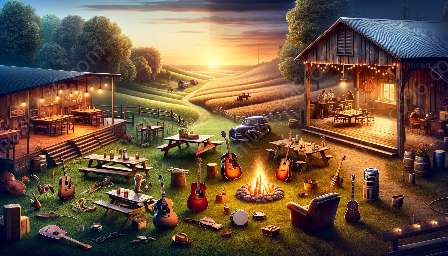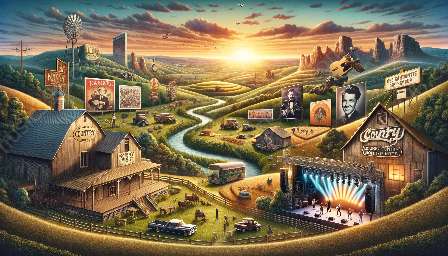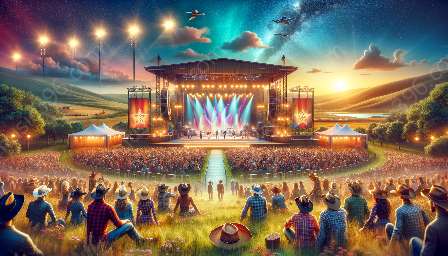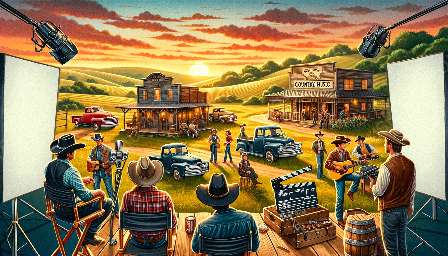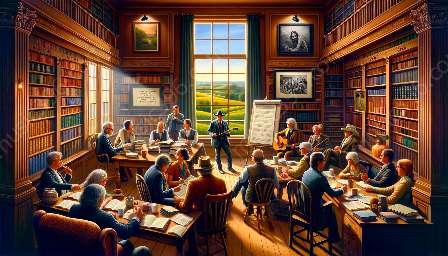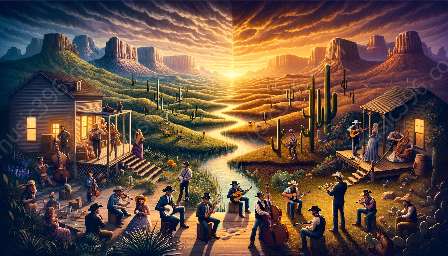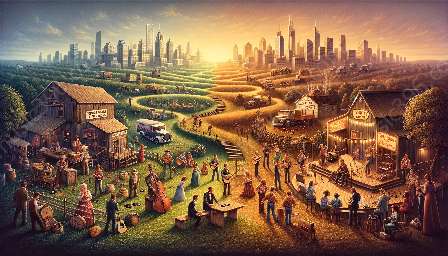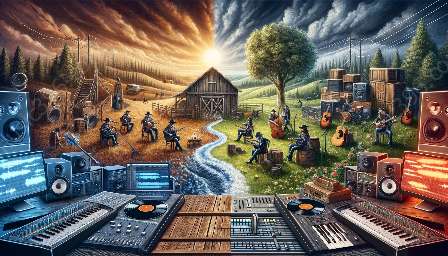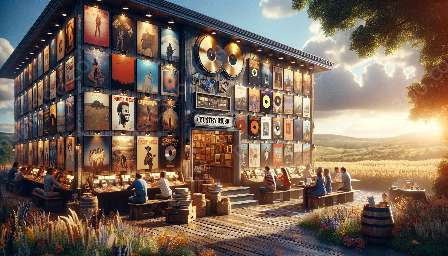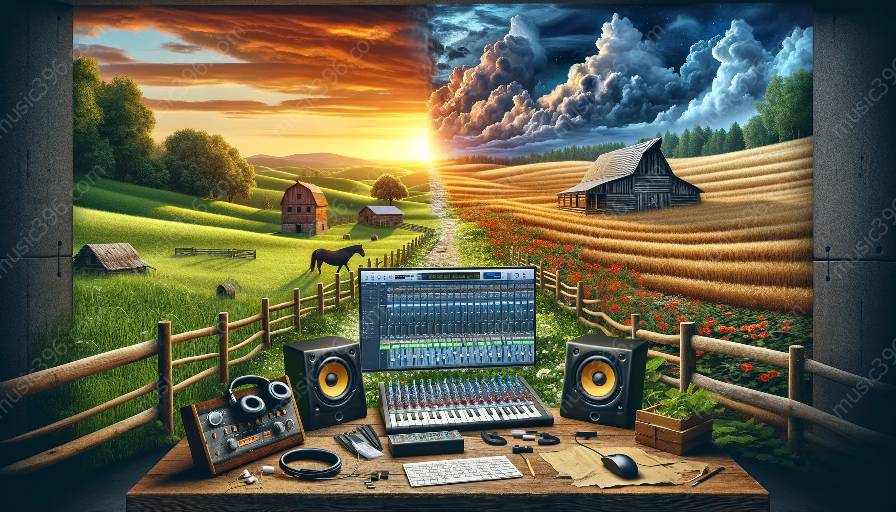When it comes to country music production, the use of reverb plays a crucial role in shaping the sound and emotion of the genre. This article explores the significance of reverb in country music production, delving into the various techniques and applications that contribute to the distinctive sound of country music.
Understanding Country Music Production
Country music is a genre deeply rooted in storytelling, emotions, and authenticity. Whether it’s a heartfelt ballad, a lively two-step tune, or an anthemic road-trip anthem, the production of country music aims to capture the raw and relatable essence of life through sound. From the twang of guitars to the lilt of vocals, every element is carefully crafted to reflect the heart and soul of the stories being told.
The Influence of Reverb
Reverb, short for reverberation, refers to the persistence of sound after the original sound is produced. In country music production, reverb serves as a powerful tool for creating depth, ambiance, and emotional resonance within the music. It adds a sense of space and can transport the listener to wide-open landscapes, honky-tonk bars, or intimate front porches, depending on the desired mood of the song.
Creating a Sense of Space
One of the key roles of reverb in country music production is to evoke a sense of space within the sonic landscape. Whether it’s simulating the natural reverb of a spacious barn or the warm intimacy of a small-town church, the right reverb settings can transport the listener to specific environments, enhancing the storytelling aspect of country music.
Enhancing Instrumentation
Reverb can also be used to enhance the character of specific instruments commonly found in country music, such as the pedal steel guitar, fiddle, and banjo. By applying reverb in varying amounts, producers can create a cohesive sonic environment where each instrument can shine while contributing to the overall warmth and richness of the sound.
Production Techniques in Country Music
Country music production involves a blend of traditional and modern techniques aimed at capturing the genre’s timeless essence while incorporating contemporary sonic elements. From the careful selection and positioning of microphones to the creative use of analog and digital effects, the production process in country music is an art form in itself.
Microphone Placement and Capture
The art of capturing authentic country music performances starts with the placement and selection of microphones. From close miking the twangy tones of a resonator guitar to capturing the natural reverberation of a live room, the choice of microphones and their placement play a crucial role in shaping the raw material for the production process.
Analog Warmth and Digital Precision
The blending of analog warmth and digital precision is a hallmark of country music production. While analog equipment such as vintage compressors and tape machines brings a rich and inviting color to the sound, digital tools offer precise control and flexibility in shaping the final mix. The interplay between these technologies is integral to achieving the balanced and dynamic sound that defines modern country music.
Embracing Unique Artifacts
Country music production often embraces the unique artifacts and imperfections that arise during the recording process. Whether it’s the creak of a wooden floor, the subtle hum of tube amplifiers, or the natural fluctuations in a vocalist’s delivery, these nuances are celebrated as part of the genre’s authenticity, adding a layer of character to the final production.
Applications of Reverb in Country Music
The application of reverb in country music production extends across various aspects of the recording and mixing process, contributing to the overall sonic palette and emotional impact of the music. From achieving the classic lushness of ballads to creating the lively atmosphere of uptempo tracks, reverb is a versatile tool that shapes the genre's production in unique ways.
Ballads and Emotional Depth
Ballads are a staple of country music, often embodying themes of heartbreak, longing, and introspection. Reverb is employed to create a sense of emotional depth and intimacy, enveloping the listener in a sonic embrace that amplifies the vulnerability and authenticity of the lyrics and performances.
Dancehall Energy and Vibrance
Uptempo country tracks, especially those tailored for dancehalls and honky-tonk venues, rely on reverb to infuse energy and vibrance into the production. By crafting a lively and reverberant environment, the music becomes an invitation to joyous celebration, encouraging listeners to kick up their boots and lose themselves in the infectious rhythms and melodies.
Spatial Storytelling in Instrumentation
Instrumental passages and solos in country music are often adorned with reverb to create a spatial storytelling effect. Whether it’s the weeping resonance of a pedal steel guitar or the haunting echo of a fiddle, reverb adds an immersive quality to the instrumental performances, weaving a sonic tapestry that enhances the narrative and emotional impact of the music.




